I visited Fujikawaguchiko in June, knowing full well what I was walking into. The weather forecast promised clouds and rain, and I already knew the official Mount Fuji hiking season hadn’t opened yet. So yeah, chances of actually seeing Fuji? Pretty slim.
Still, I went.
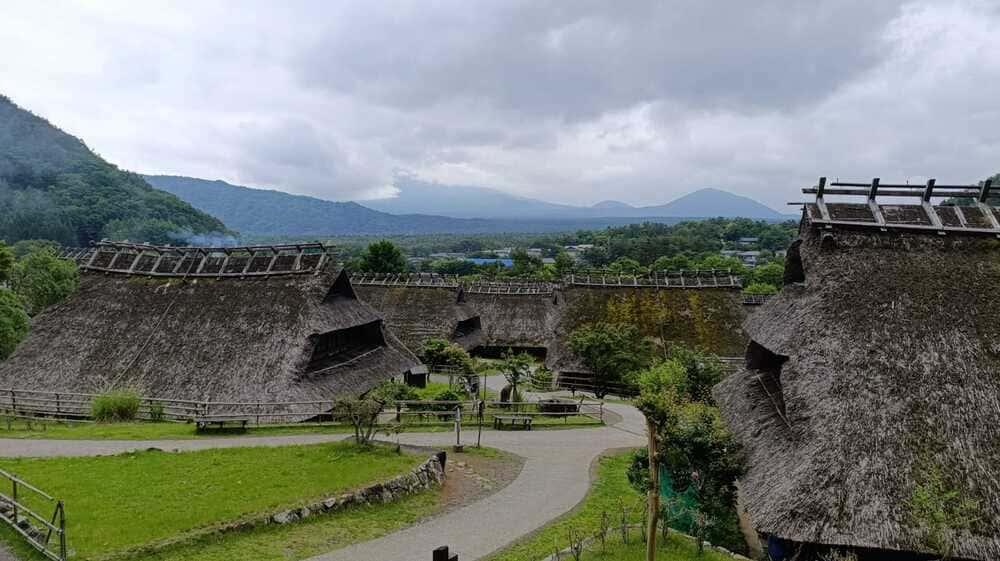
I figured even if the mountain stayed hidden, the surroundings were still worth a visit. And they were. I slowed down, wandered along the lake, sipped hot tea under cloudy skies, and realized: it didn’t really matter that Fuji never showed. The quiet, the fresh air, the soft mood of it all, that’s what stayed with me.
Getting from Matsumoto to Fujikawaguchiko (Local Train + Bus)
When I traveled from Matsumoto to Fujikawaguchiko, I didn’t take a fancy express train or a direct highway bus. I took the local commuter train, then transferred to a bus to reach Kawaguchiko.
Not the fastest way, but it was smooth, cheap, and gave me a relaxed look at the countryside.
Step 1: Local Train from Matsumoto to Ōtsuki
- Line: JR Chūō Line (Local/commuter service)
- Transfer point: Usually at Kōfu Station
- Duration: Around 3 hours total
- Cost: ~¥2,640 (no reservation needed)
- JR Pass? Yes, it covers the full route.
The local train stops at every station, which means it’s slower than the Limited Express, but you’ll get to see real-life rural Japan roll by—rice fields, small towns, mountain ridges. I had a window seat, no rush, no crowds.
Tip: If you’re not in a hurry, this is a super relaxed and budget-friendly way to travel.
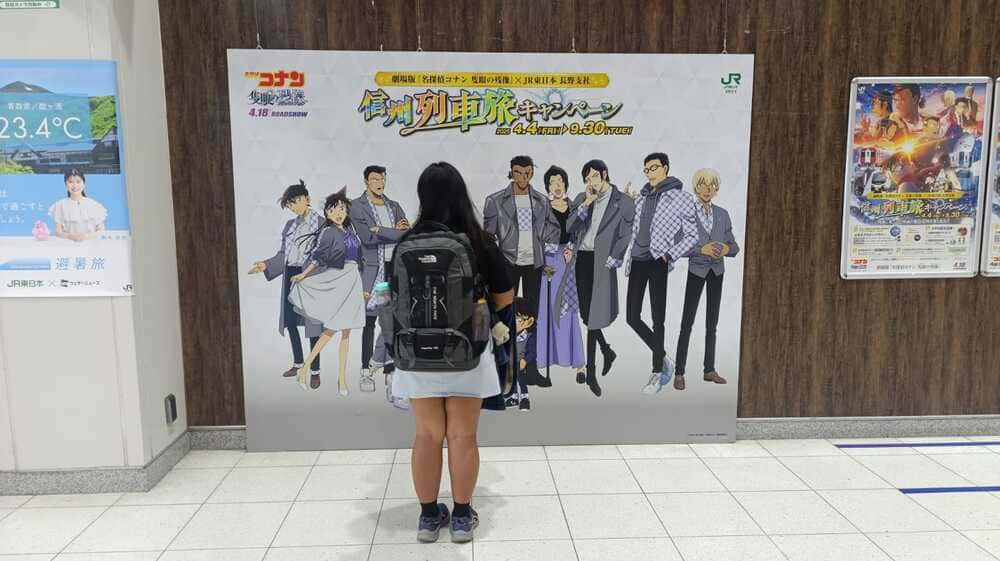
Step 2: Bus from Ōtsuki Station to Kawaguchiko
Once I arrived at Ōtsuki Station, I skipped the Fujikyu tourist train and just took a local bus to Kawaguchiko. It was cheaper and easy to find.
- Duration: About 50 minutes to 1 hour
- Cost: Around ¥1,000
- Where to find it: The bus stop is right outside the station.
- Tickets: Pay onboard or at a machine nearby (bring cash just in case)
The bus ride was smooth, with plenty of seats and great views of Fuji’s foothills even if the mountain itself stayed hidden that day. Taking the local train and bus was a budget-friendly, low-pressure way to get there. It wasn’t about rushing, it was about the ride itself.
Where to Stay in Kawaguchiko
My Pick: Resort Inn Fujihashi
I chose Resort Inn Fujihashi because I wanted something simple, quiet, and authentically Japanese, not a hotel chain.
This place is a traditional Japanese-style guesthouse with tatami rooms, futon bedding, and sliding doors. It really felt like staying in someone’s home, not just a place to sleep.
What you get:
- Traditional Japanese‑style rooms with tatami floors and futon bedding, simple decor.
- A shared bath inside the inn (gender‑separated). In the evenings (6‑10 PM) you can bathe; in the mornings (6:30‑9 AM) there are showers. It isn’t a private in‑room onsen nor fully natural spring water in all parts, but it’s clean and has that communal warm water soak feel.
- Friendly owner, quiet atmosphere, good location (walkable to the lake & local amenities).
Pros / Things to know:
- If you want a private in‑room onsen or full natural hot spring water, this isn’t going to match that.
- Shared facilities mean you might get other guests using the same bath; modesty and comfort vary.
- Amenities are basic, but that’s part of the charm if you don’t mind simplicity.
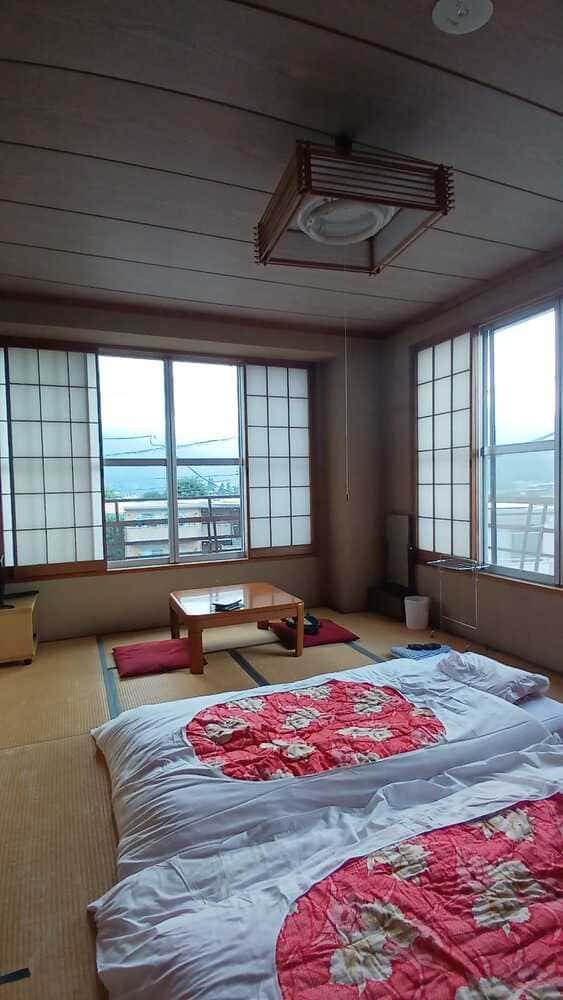
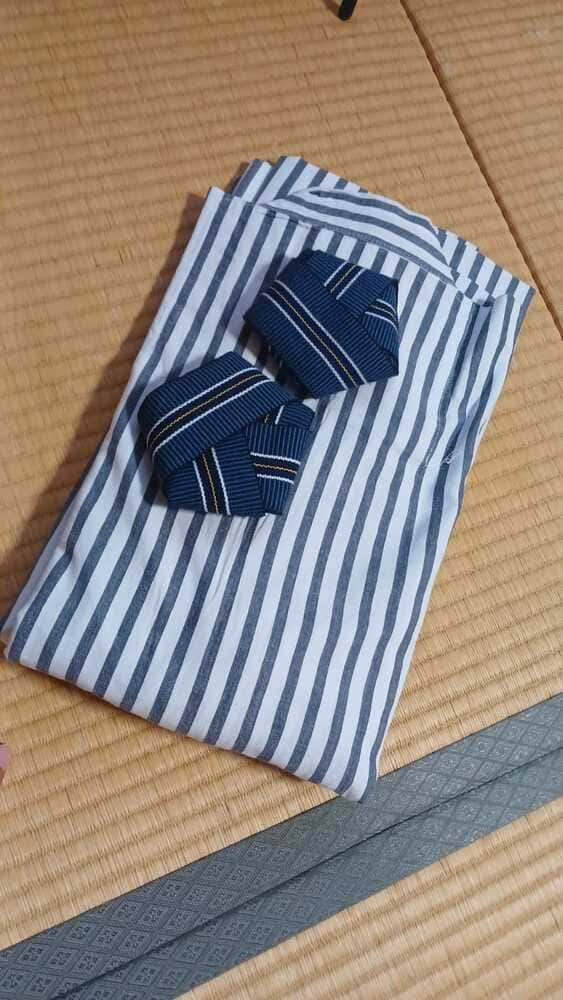
Things to Do Around Mount Fuji & Kawaguchiko
I was right about the weather, Mount Fuji stayed hidden behind thick clouds during my entire two-day stay, with constant rain and overcast skies. The hiking trails hadn’t opened for the season yet either.
But on the day I was leaving, the very top of the mountain peeked out for just a few minutes. It felt like a gentle reminder that I’ll have to come back again next time. Despite the elusive views, slowing down and soaking in the quiet, natural beauty around the lakes and villages became the real highlight of my trip.
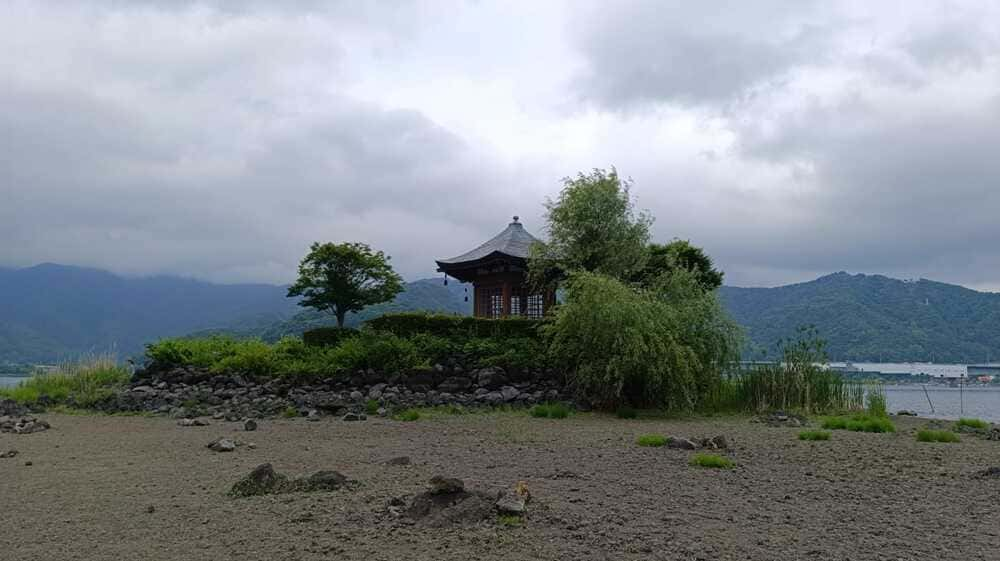
If you’re visiting Fujikawaguchiko with a relaxed mindset, ready to enjoy peaceful moments instead of rushing for snapshots, here are my top recommendations:
1. Explore the Fuji Five Lakes: Especially Lake Kawaguchi & Lake Saiko
The Fuji Five Lakes region is made up of five serene lakes at the base of Mount Fuji, each with its own charm. I spent most of my time at Lake Kawaguchi, which is the most accessible with paved walking paths perfect for gentle strolls. Early mornings here are magical, mist floats on the water, pine-scented breezes soothe your senses, and benches invite you to sit and simply watch nature.
For a quieter experience, venture to Lake Saiko, less commercialized and surrounded by dense forests. This lake feels like a hidden retreat where you can find picnic spots, peaceful fishing piers, and trails weaving through untouched woods.
- Cost: Free to visit
- Bike rentals: Around ¥1,000–¥1,500 per day, perfect for exploring lakeside at your own pace
- Best time: Early morning or late afternoon to avoid crowds and catch soft light
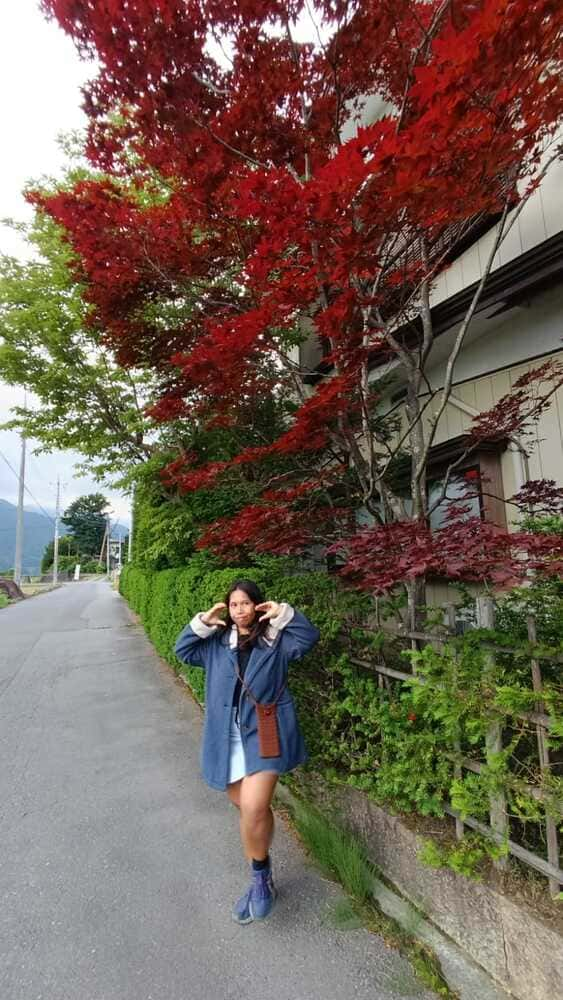
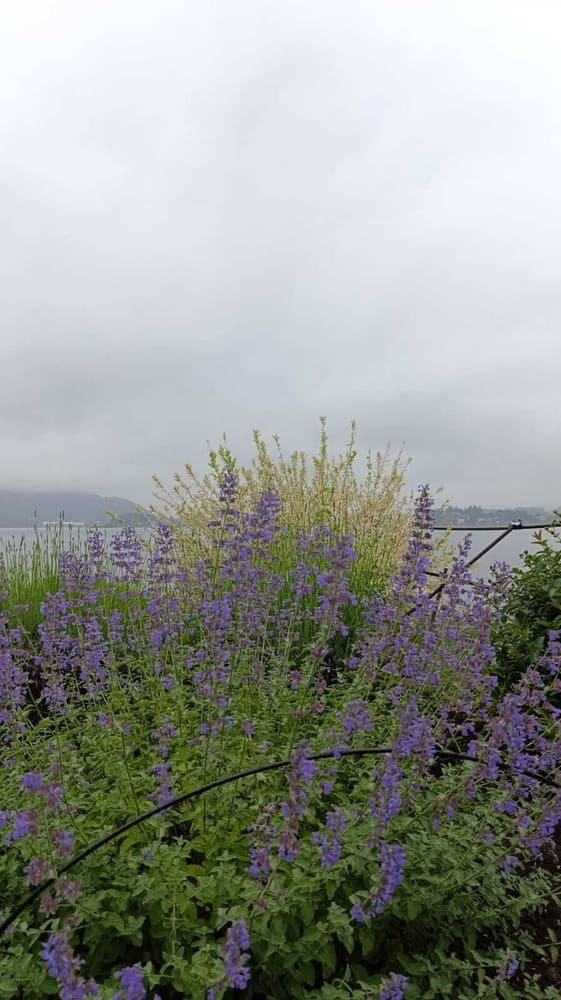
2. Discover Narusawa Ice Cave & Fugaku Wind Cave
One of the coolest experiences (literally!) was visiting the Narusawa Ice Cave and Fugaku Wind Cave, two natural lava tube caves formed during Mount Fuji’s eruptions centuries ago. Both caves stay around 3–4°C year-round, so bring a light jacket even in summer.
The Narusawa Ice Cave is named for the ice formations inside that persist through the year, while the Fugaku Wind Cave was historically used to store silkworm eggs due to its stable cool temperature.
Between the caves, there’s a scenic 2-km hiking trail through tall pines and cedar forests. The trail is easy and peaceful, offering quiet spots perfect for a mindful break.
- Narusawa Ice Cave Admission: ¥350 (adults), ¥150 (children)
- Fugaku Wind Cave Admission: ¥350 (adults), ¥150 (children)
- Opening Hours: 9:00 AM – 5:00 PM (last entry 4:30 PM)
- Closed: December 1 – March 15 (seasonal)
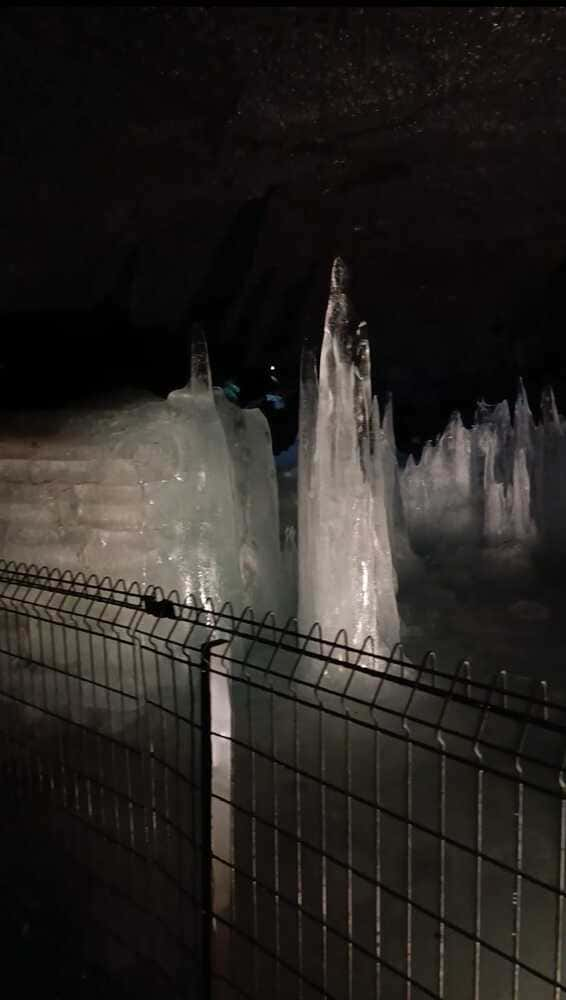
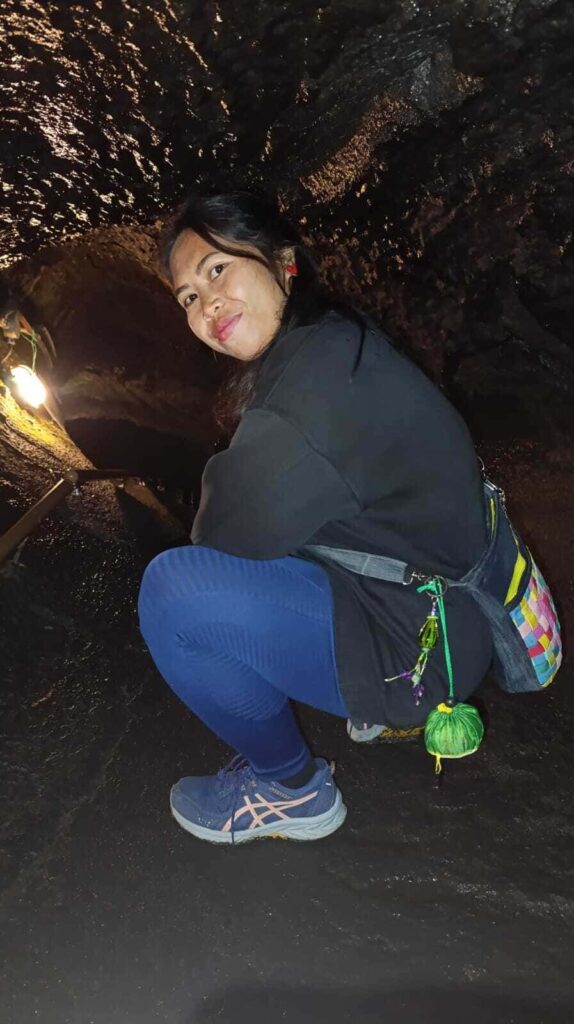
3. Visit Saiko Iyashi-no-Sato Nenba: A Traditional Japanese Village
A true highlight was exploring Saiko Iyashi-no-Sato Nenba, a restored traditional village on the western shore of Lake Saiko. This open-air museum recreates a farming village from the Edo period with about 20 thatched-roof houses. Each building serves as a museum, craft workshop, café, or souvenir shop.
Originally, this village was a sericulture (silk farming) center, and its distinctive thatched houses feature glass windows on the second floors to regulate airflow and light for silkworm cultivation. The village was destroyed by a mudslide in 1966 but beautifully rebuilt.
- Admission: ¥300
- Hours: 9:00 AM – 5:00 PM (last entry 4:30 PM)
- Closed: December 1 – March 15
- Activities: Tour the historic houses, try your hand at crafts like pottery or indigo dyeing, dress in traditional clothing for photos, and enjoy tea or snacks in quaint cafés.
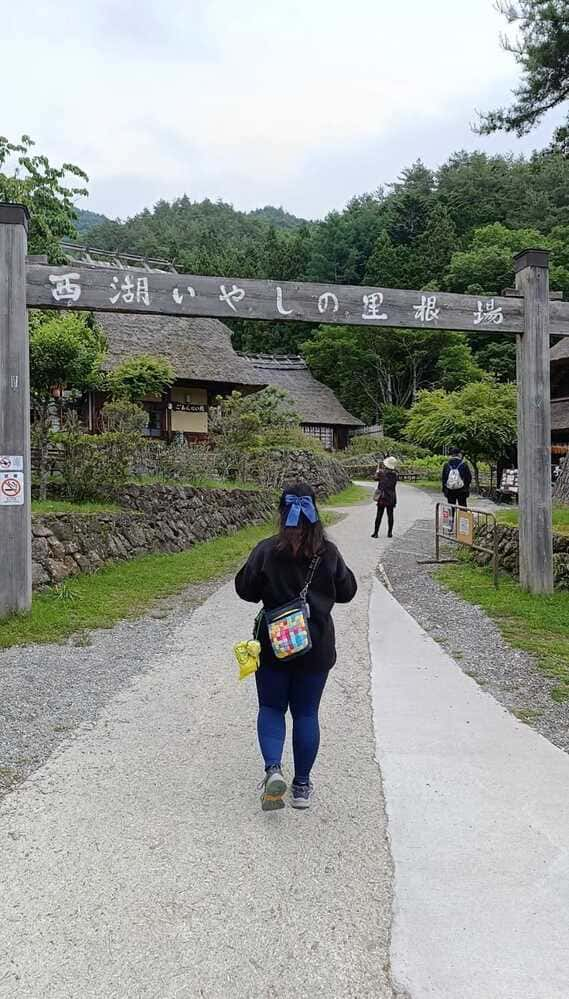
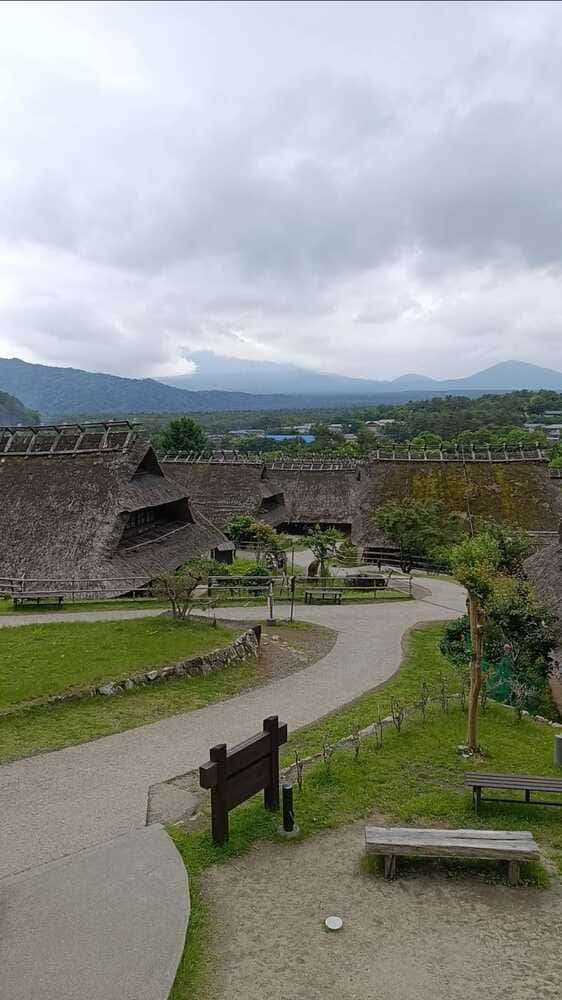
4. Stroll Around Kawaguchiko Town & Parks
The town center of Kawaguchiko is a cozy place with small shops, cafés, and parks perfect for relaxed afternoons. I loved stopping by Oishi Park, which offers stunning views of Lake Kawaguchi and (on clearer days) Mount Fuji.
The local eateries serve regional specialties like hoto noodles, a thick noodle soup perfect for warming up on cooler days. The small shops sell fresh local fruit and handmade souvenirs, great for slow browsing.
- Best time: Any time, but mornings and weekdays are quieter
- Food & drink: Matcha lattes and local snacks typically range ¥400–¥700
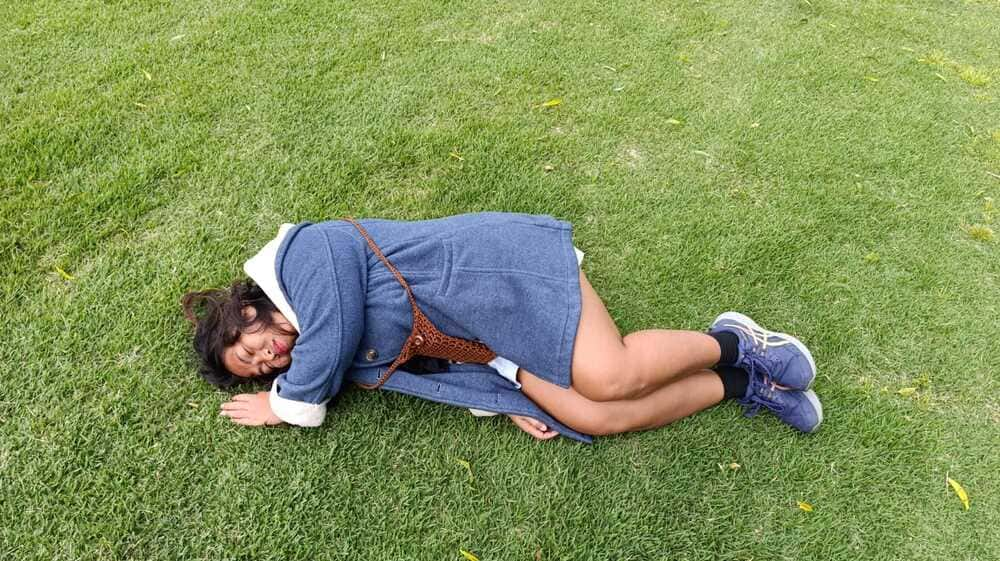
Practical Tips for Exploring Fujikawaguchiko
- Dress in layers: Weather can be warm by the lakes but chilly in caves or forests.
- Bring cash: Many small shops and attractions prefer yen cash.
- Get a day bus pass: Local buses connect major sites. A one-day pass costs around ¥1,000 and makes hopping around easier.
- Rent a bike: Convenient for exploring lakes and nearby trails on your own schedule.
- Avoid weekends if you want quiet: Visit on weekdays or early mornings for a more peaceful experience.
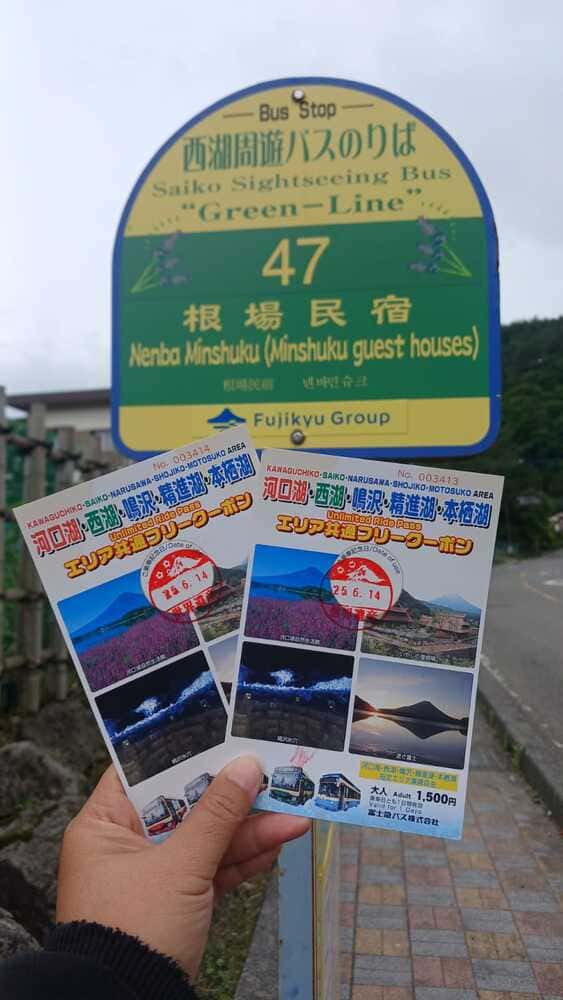
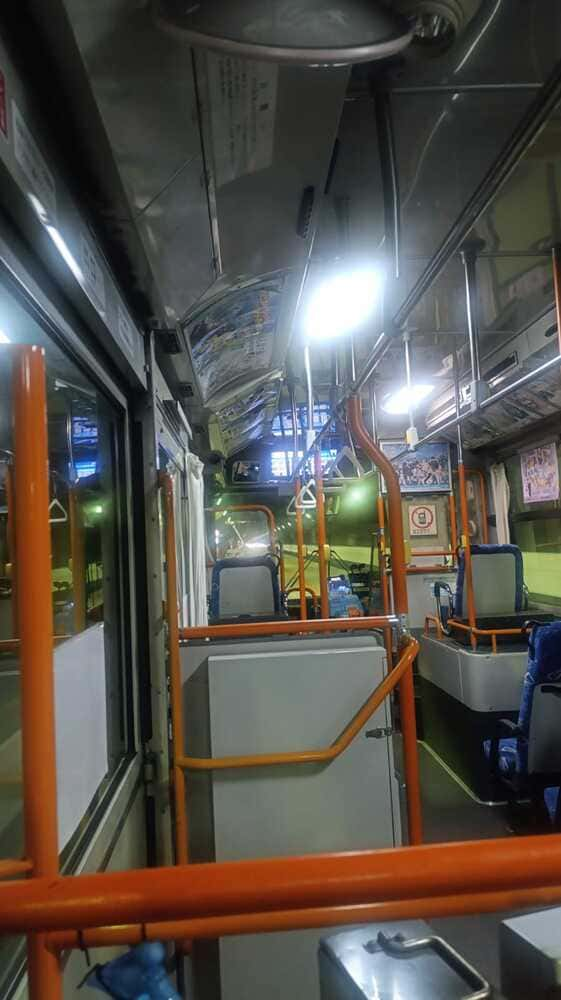
Final Thoughts
Visiting Fujikawaguchiko and Mount Fuji isn’t always about getting that perfect view. Sometimes it’s cloudy, rainy, or the mountain just doesn’t show up and that’s okay.
This trip reminded me that travel doesn’t have to be busy to be meaningful. Slow mornings by the lake, walking with no plan, and just taking things as they come made the experience feel real.
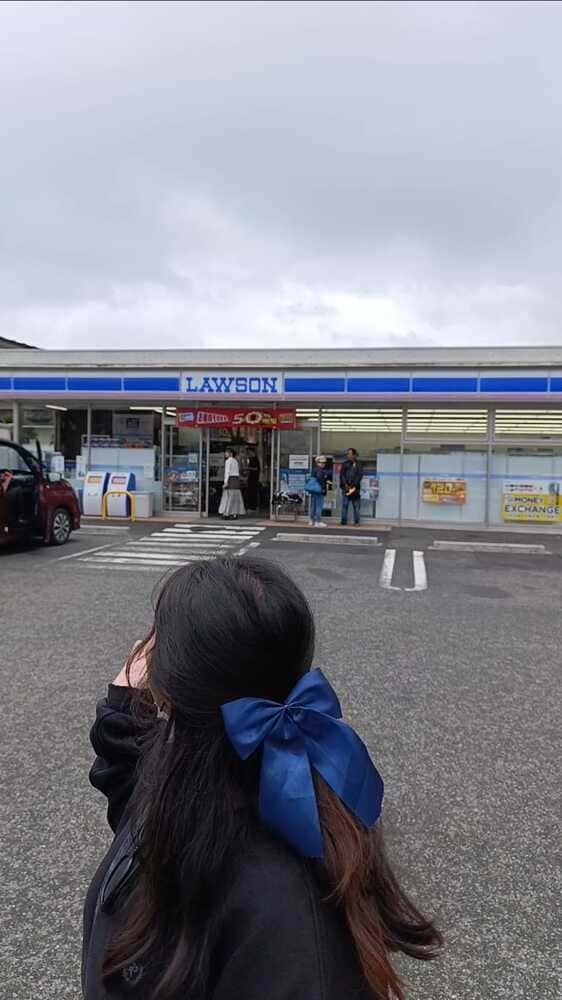
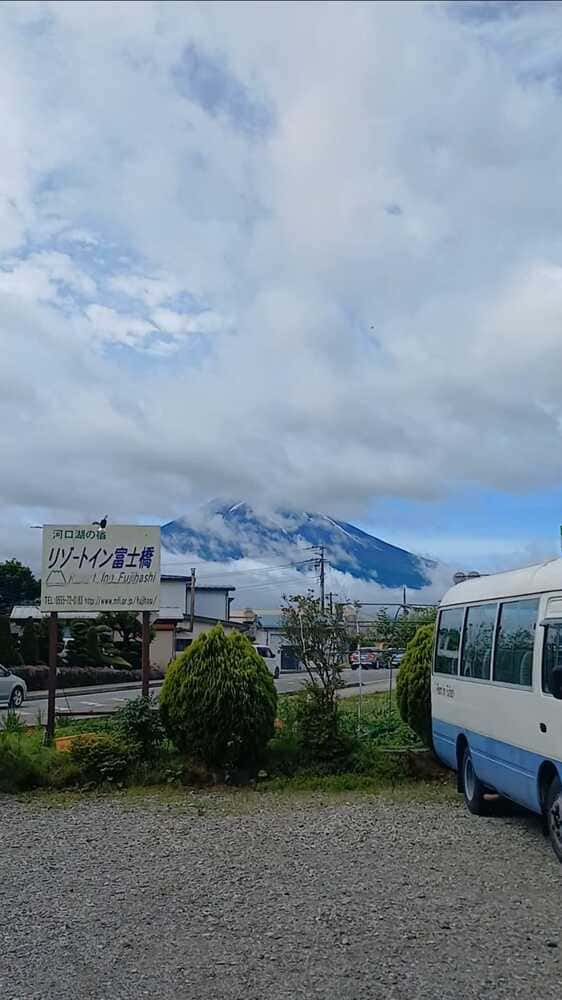
Even if you don’t see Fuji, the peaceful lakes, quiet trails, and old villages are more than worth the trip. And when I finally caught a glimpse of the mountain on my last day, it felt like a quiet reason to come back.
Fujikawaguchiko isn’t just something to check off, it’s a place to slow down and feel.
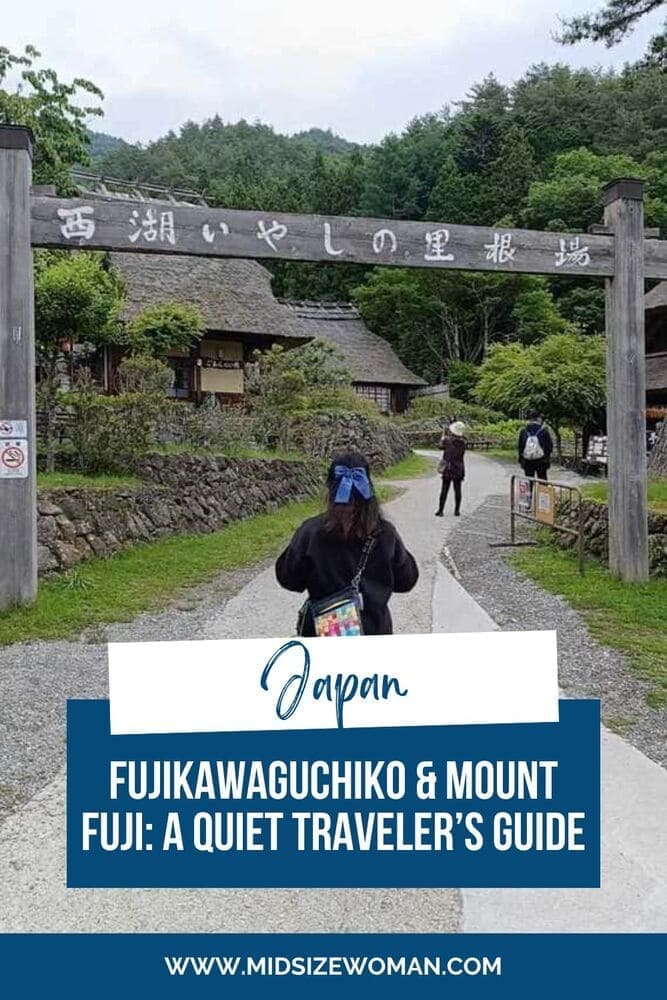
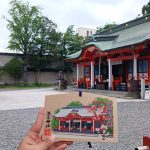

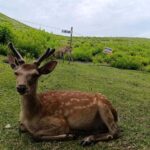
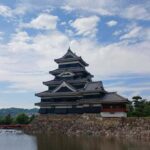
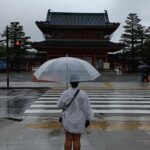
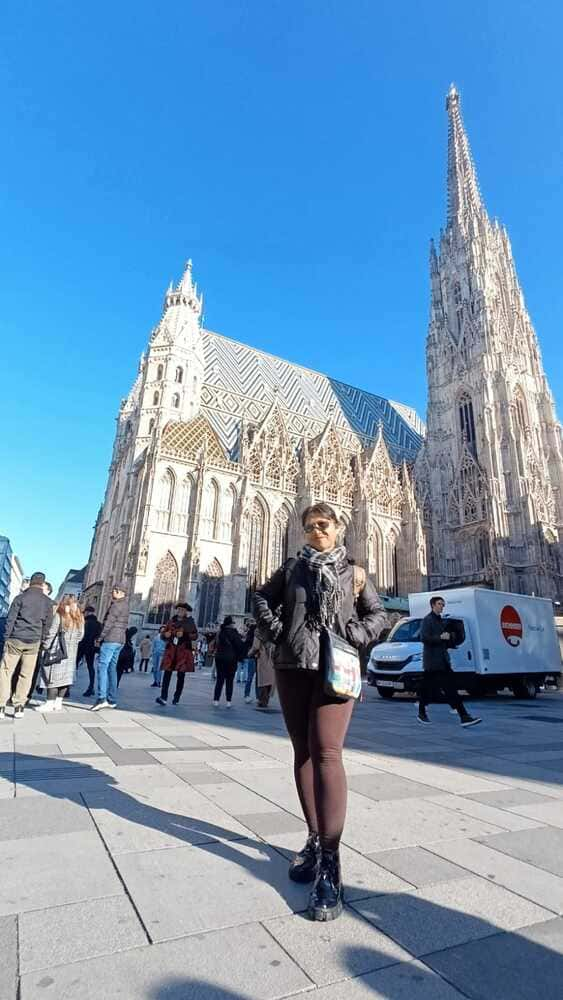
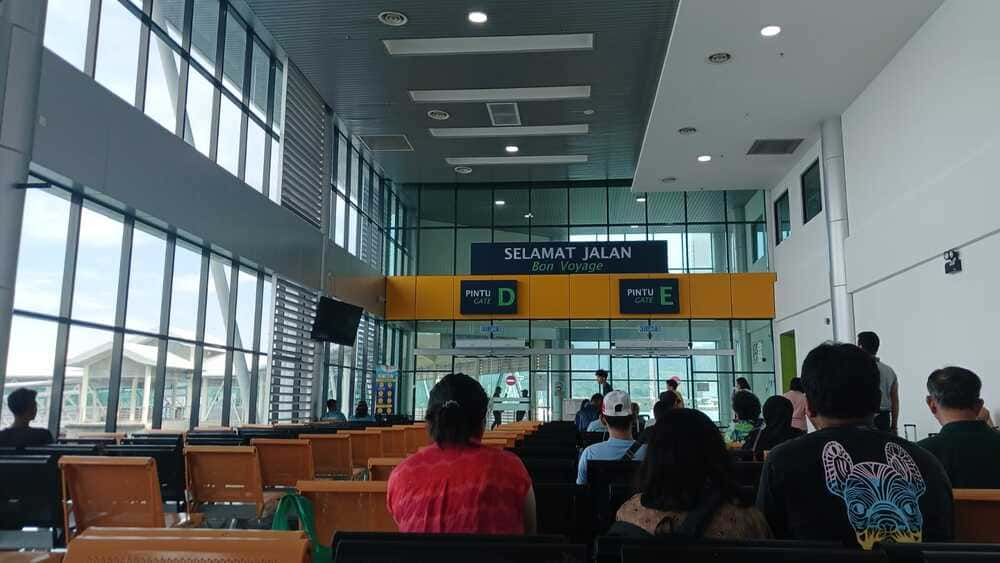
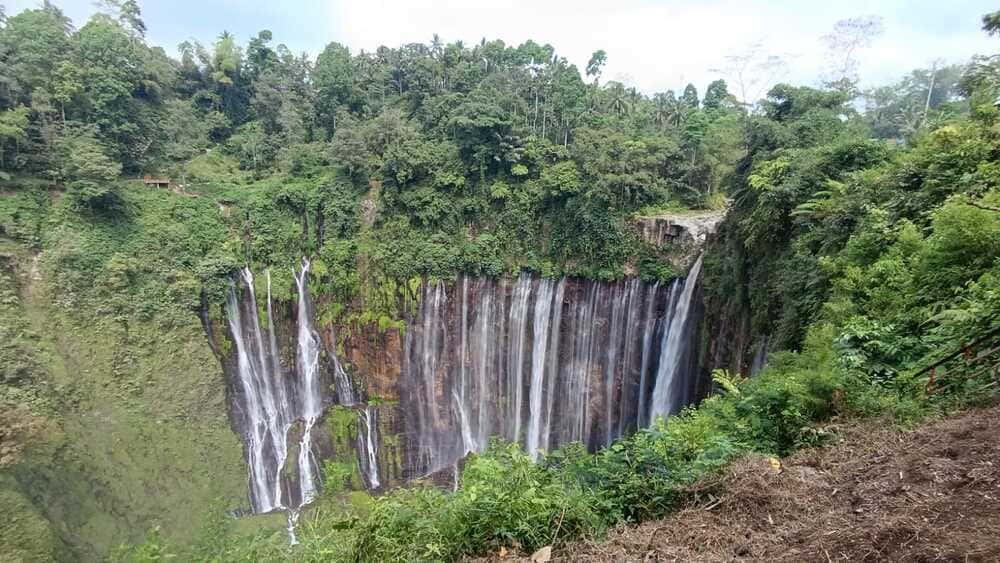
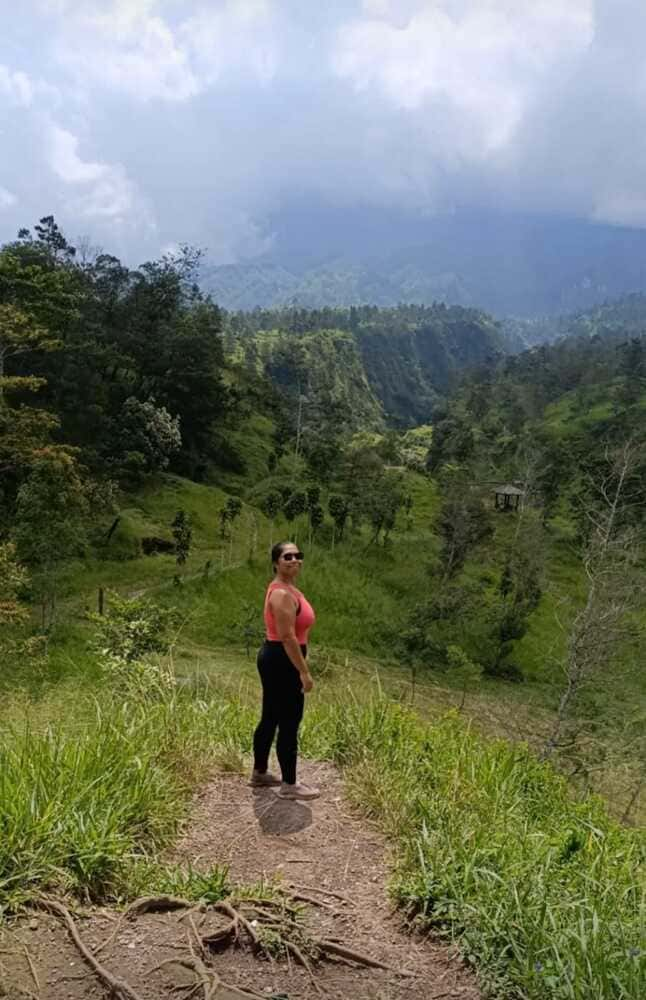
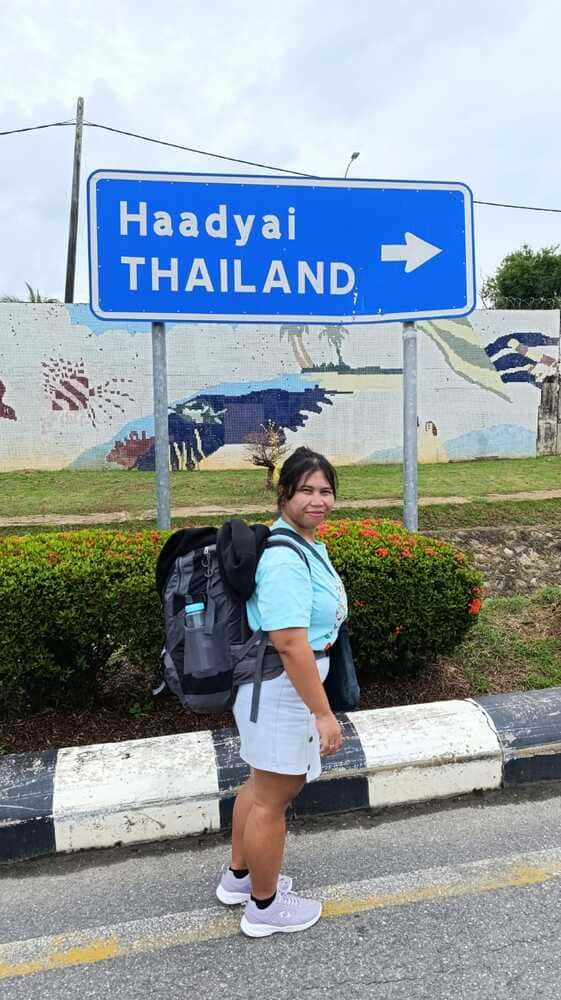
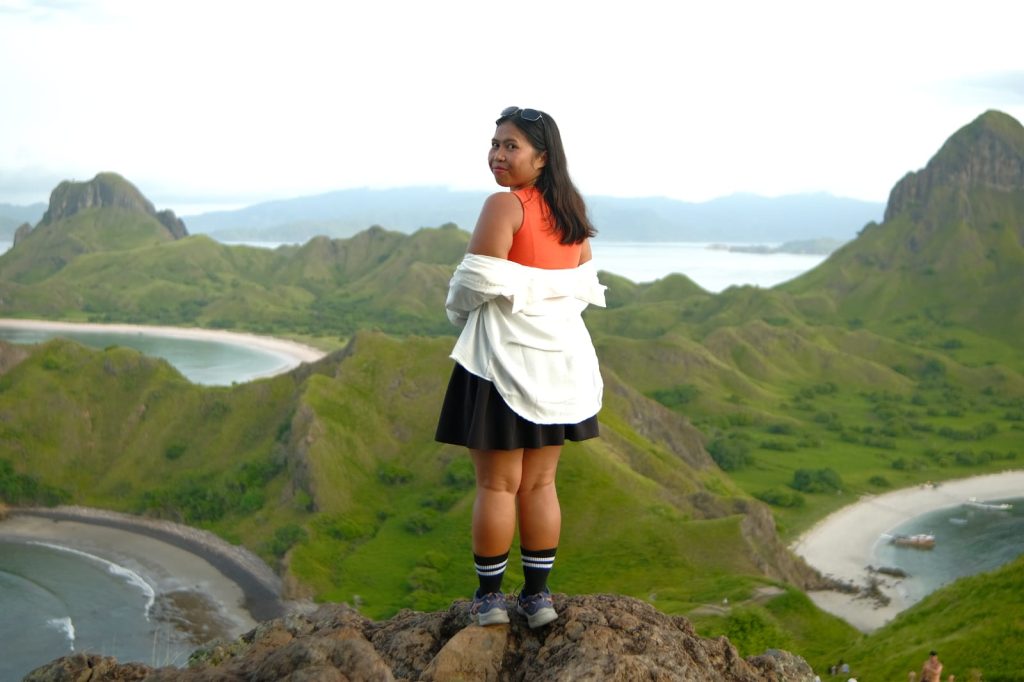
Leave a Reply